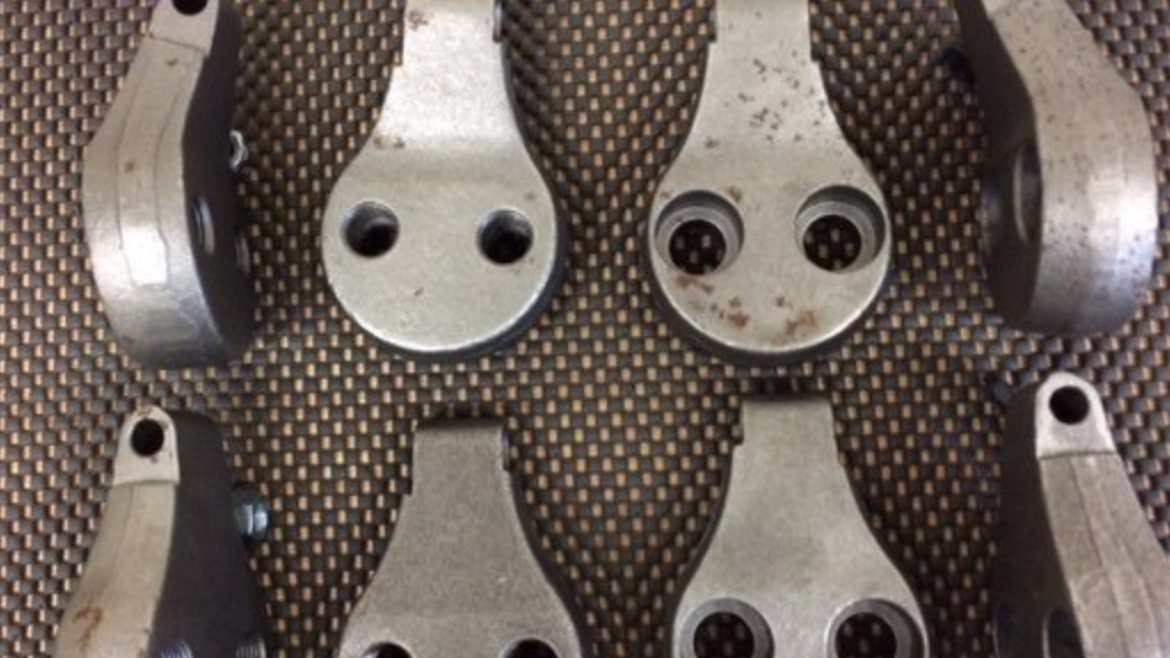Wear parts are essential for maintaining the efficiency and dependability of large machines in the mining sector. These specialized parts are made to withstand the corrosive substances and severe environments seen in mining activities. The effective and secure operation of this large machinery depends on worn parts.
These wear parts help extend the life of mining equipment, which contributes to improved output and effectiveness in operation. The teeth are held firmly in place by the pockets of these worn parts, which additionally renders it simple to replace or reposition the teeth as needed. Just visit this page here to get detailed information about the benefits of wear parts in the mining sectors as well as a certain series of teeth in the stump cutter pockets.
In the extraction and processing of minerals and aggregates, worn parts for mining and digging are frequently replaced. Examples include crawler shoes, linkages, clevises, wear plates, buckets, shovels, teeth, dragline components, and grinding mill liners.
Information about Excavating Wear Parts
bucket castings, buck wear packages, buck lip centers, buck lip wings, bucket teeth, and cast bucket lips are additional bucket parts and bucket components. Check the crawler shoes, conveyor chute liners, and plates are examples of further categories of mining wear parts and excavation wear parts. There are additional draglines, draglines with arches, draglines with bucket protection, draglines with centerline sockets, draglines with chain, draglines with end links, and draglines with vertical hitch pieces available.
Materials of the Wear Parts
Excavating wear parts and mining wear parts have different features and materials. Cast manganese steel and cast irons with high chromium, Ni- Cemented carbides, and cobalt alloys, and hard, hard enable martensitic steels, tool steels, and stainless steels and austenitic steels are some examples of specialized materials for replacing worn parts.
Steels containing manganese or high nickel can develop an austenitic structure, which with use hardens and changes into a tougher marten site layer. Combining materials like high chrome cast, carbide wear buttons, or manganese steel wear strips iron plates attached to a ductile steel backing can give impact and wear resistance.
Applications of Wear Parts
Equipment for continuous mining, bucket excavators, cable shovels, dippers, dozers, draglines, and dredging equipment, earthmovers, mines using hard rock, excavator’s equipment, and loaders are just a few examples of the machinery and equipment that may be repaired, maintained, and upgraded using mining wear parts and excavating wear parts.
Along with tunneling and micro tunneling equipment, strip mining equipment, shovels like power shovels, steam shovels, shovels made of wire rope, rippers, road headers, trenchers, wheel loaders, wall shearer loaders, and track excavators, mining wear parts and excavating wear parts are also used.
500-700-900 Series of Teeth for Stump Cutters
JYF Machinery has been effective in producing high-quality machine wear parts because of the quality of its materials and manufacturing procedures. They exclusively use the highest-grade tungsten carbide as the starting material for their tooltips. High abrasion resistance is given by the dual-grain tungsten carbide crushed raw material. Here are four characteristics that set their individual components apart;
Tungsten Carbide
To create a high-quality dual-grain structure of tungsten carbide with amazing welding abilities and high wear resistance, the carbide raw material is pressed and sintered.
Steel Body
One of the highest grades of steel is 42CrMo alloy steel, which is what JYF uses. Its hardness, which varies between 42 to 55 HRC, gives the tungsten carbide tip strength.
Hard Facing
To generate a welding layer that resists wear tools with a hardness of up to 55–60 HRC, we utilize specially produced CR–W or chromium. Furthermore, CR-W works quite well with respect to collision and abrasion resistance.
Bottom Line
The holes or cavities encompassed into the stump cutter wheel or drum where the stump grinder teeth have been put are commonly referred to as stump grinder pockets, additionally referred to as tooth pockets or cutter pockets. They are built to endure the pressure and pressure that come from stump grinding activities.
